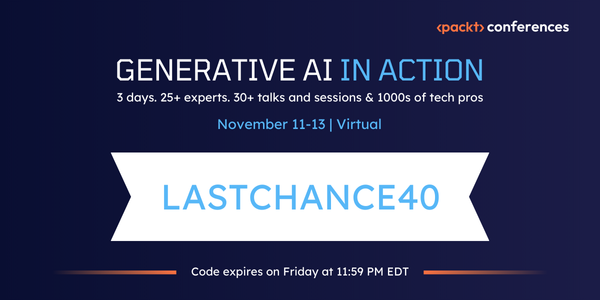Zero Downtime Deployment in AWS with Tofu
Zero Downtime Deployment in AWS is a strategy to update applications without causing service interruptions. By leveraging tools like OpenTofu, Terraform, and AWS SAM, developers can ensure seamless updates. Techniques like instance refreshes in Auto Scaling Groups (using OpenTofu), immutable infrastructure (Terraform + Ansible), and advanced deployment strategies like Blue/Green and Canary deployments enable applications to be updated while keeping them available to users. These approaches allow for gradual testing, automated rollbacks, and maintaining reliability.
Cron Jobs on Linux
Cron jobs in Linux are scheduled tasks that automate running scripts or commands at specific times or intervals, managed by the cron daemon. Common use cases include backups, updates, and system health checks. Users can create, view, or edit cron jobs using the `crontab` command. Cron jobs are defined using a simple time-based syntax, where each job can run on a specific schedule (e.g., hourly, daily, or weekly). Cron jobs can be user-specific or system-wide, and their syntax supports flexible timing options like ranges, lists, and intervals.
How To Run Migrations Across 2,800 Microservices
To handle migrations across 2,800 microservices, we use a centrally driven approach where a single team manages the entire process. This allows us to keep libraries up-to-date, maintain consistency, and automate the bulk of the changes, reducing coordination overhead and minimizing risks of failure. Our strategy relies on a monorepo structure, consistent technology (like Go), and powerful mass deployment tooling. We start by wrapping old libraries, automate common updates, handle edge cases manually, and control rollouts via config changes to ensure smooth transitions without downtime.
Transform AWS exam generator architecture to open source
In this series, we aim to transform a serverless AWS architecture for an exam generator app into an open-source version. The original solution helps educators create curriculum-aligned assessments quickly, while students can take personalized quizzes with instant feedback. We'll replace key AWS services like Cognito, Lambda, DynamoDB, and Fargate with open-source alternatives and host everything on a Kubernetes cluster.
How to Run WebAssembly on Amazon EKS
The article outlines the process of setting up a Wasm environment on Amazon EKS using tools like HashiCorp Packer and Terraform to create custom Amazon Machine Images (AMIs) and manage the infrastructure. It details how to build an EKS cluster, deploy example workloads using different Wasm runtimes (Spin and WasmEdge), and check if everything is working correctly. Finally, it offers instructions for cleaning up the resources after running the applications.
 United States
United States
 Great Britain
Great Britain
 India
India
 Germany
Germany
 France
France
 Canada
Canada
 Russia
Russia
 Spain
Spain
 Brazil
Brazil
 Australia
Australia
 South Africa
South Africa
 Thailand
Thailand
 Ukraine
Ukraine
 Switzerland
Switzerland
 Slovakia
Slovakia
 Luxembourg
Luxembourg
 Hungary
Hungary
 Romania
Romania
 Denmark
Denmark
 Ireland
Ireland
 Estonia
Estonia
 Belgium
Belgium
 Italy
Italy
 Finland
Finland
 Cyprus
Cyprus
 Lithuania
Lithuania
 Latvia
Latvia
 Malta
Malta
 Netherlands
Netherlands
 Portugal
Portugal
 Slovenia
Slovenia
 Sweden
Sweden
 Argentina
Argentina
 Colombia
Colombia
 Ecuador
Ecuador
 Indonesia
Indonesia
 Mexico
Mexico
 New Zealand
New Zealand
 Norway
Norway
 South Korea
South Korea
 Taiwan
Taiwan
 Turkey
Turkey
 Czechia
Czechia
 Austria
Austria
 Greece
Greece
 Isle of Man
Isle of Man
 Bulgaria
Bulgaria
 Japan
Japan
 Philippines
Philippines
 Poland
Poland
 Singapore
Singapore
 Egypt
Egypt
 Chile
Chile
 Malaysia
Malaysia














